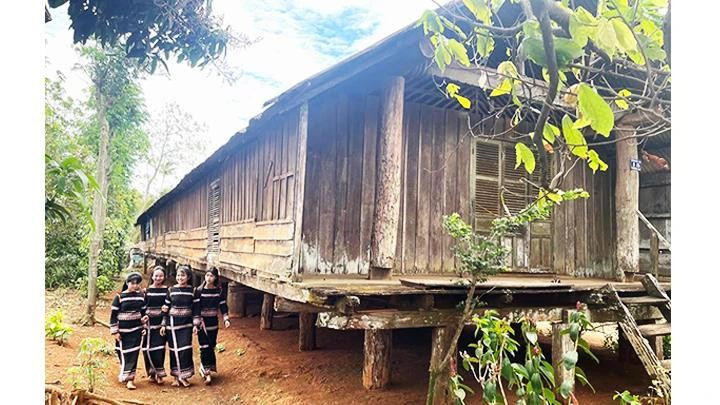
Looking at the deteriorating house, Mr. Y Jui Eban said: The house was built around 1900, when my grandfather was still alive. This used to be the common living space of a large family of many generations. After more than a century of existence, the house has been damaged by termites and many parts have been damaged, losing its original solid structure.
In 1983, the house was renovated, from nearly 100 m long to about 35 m long and 6 m wide. The bamboo floor was replaced with wooden planks, and the thatched roof was covered with corrugated iron. Although it is a familiar symbol of the Ede village, the long house is closed, lying quietly next to the new modern house where Mr. Y Jui Eban's family lives. Occasionally, guests come by and want to take souvenir photos, and he happily agrees.
Possessing the valuable heritage of the village, Mr. Y Jui Eban has no intention of running a homestay business because the floor and wooden pillars are rotten and unsafe. The local government has come to persuade and advise the family to preserve the long house, and has a plan and policy to support the cost of repairing and protecting it, but so far the family has not received any money. The family does not have enough conditions to repair the house. Occasionally, groups of young people or tourists passing by stop to take pictures, Mr. Y Jui Eban feels sad, the elderly in the village regret that the traditional culture is gradually fading. The youngest daughter living with her parents shared that the current long house does not meet the living conditions as well as exploiting community tourism . Next year, when the 16m road in front of the house is completed, the family will renovate the long house and combine it with a homestay. It is planned that the house will be dismantled and restored, rebuilt like the current long house.
At the Vietnam Museum of Ethnology ( Hanoi ), the Ede long house was restored and renovated by a group of Ede community artisans from Buon Ma Thuot City. Not long ago, Dak Lak province also restored another long house in the traditional architectural style of the Ede people in the provincial museum grounds... Looking more broadly, a trending direction today is to combine the preservation of long houses with the development of community tourism. In some villages, people have retained traditional architecture and combined tourism business exploitation, creating sustainable livelihoods. However, this number is still limited. The government and the community need to coordinate to review and evaluate the current status of the remaining long houses for preservation. In the process of restoration and renovation, the participation of artisans who are knowledgeable and have a firm grasp of traditional long house techniques and architecture is essential.
According to Article and photos: NGOC LIEN (NDO)
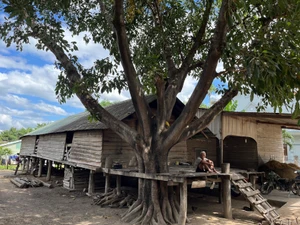
Under the shadow of the long house
Source: https://baogialai.com.vn/cuu-lay-di-san-nha-dai-e-de-post323194.html





![[Photo] Prime Minister Pham Minh Chinh chairs conference to promote public investment growth momentum](https://vphoto.vietnam.vn/thumb/1200x675/vietnam/resource/IMAGE/2025/5/20/7d1fac1aef9d4002a09ee8fa7e0fc5c5)


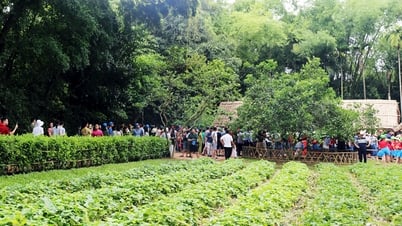







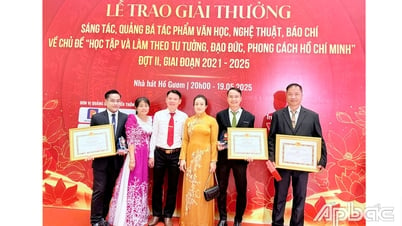







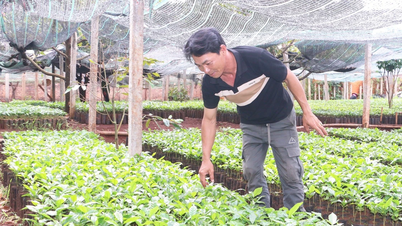

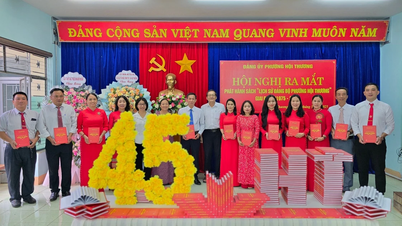
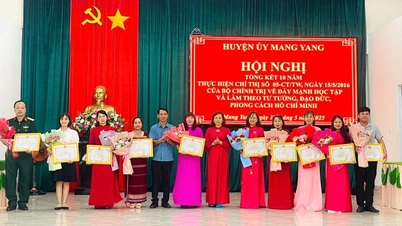
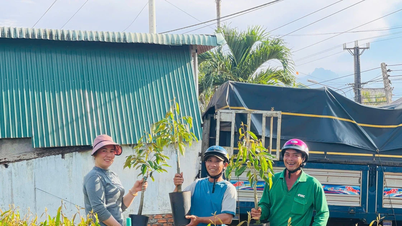





































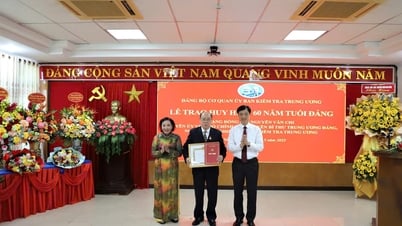

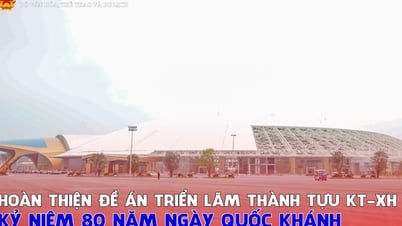





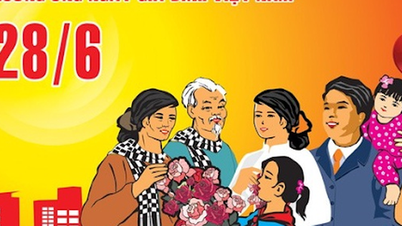
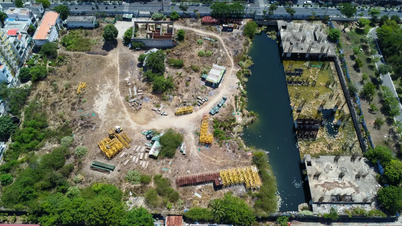





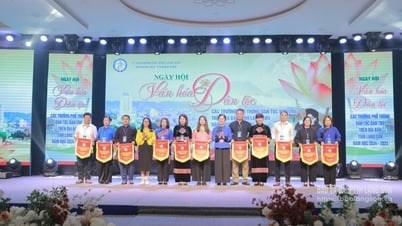













Comment (0)